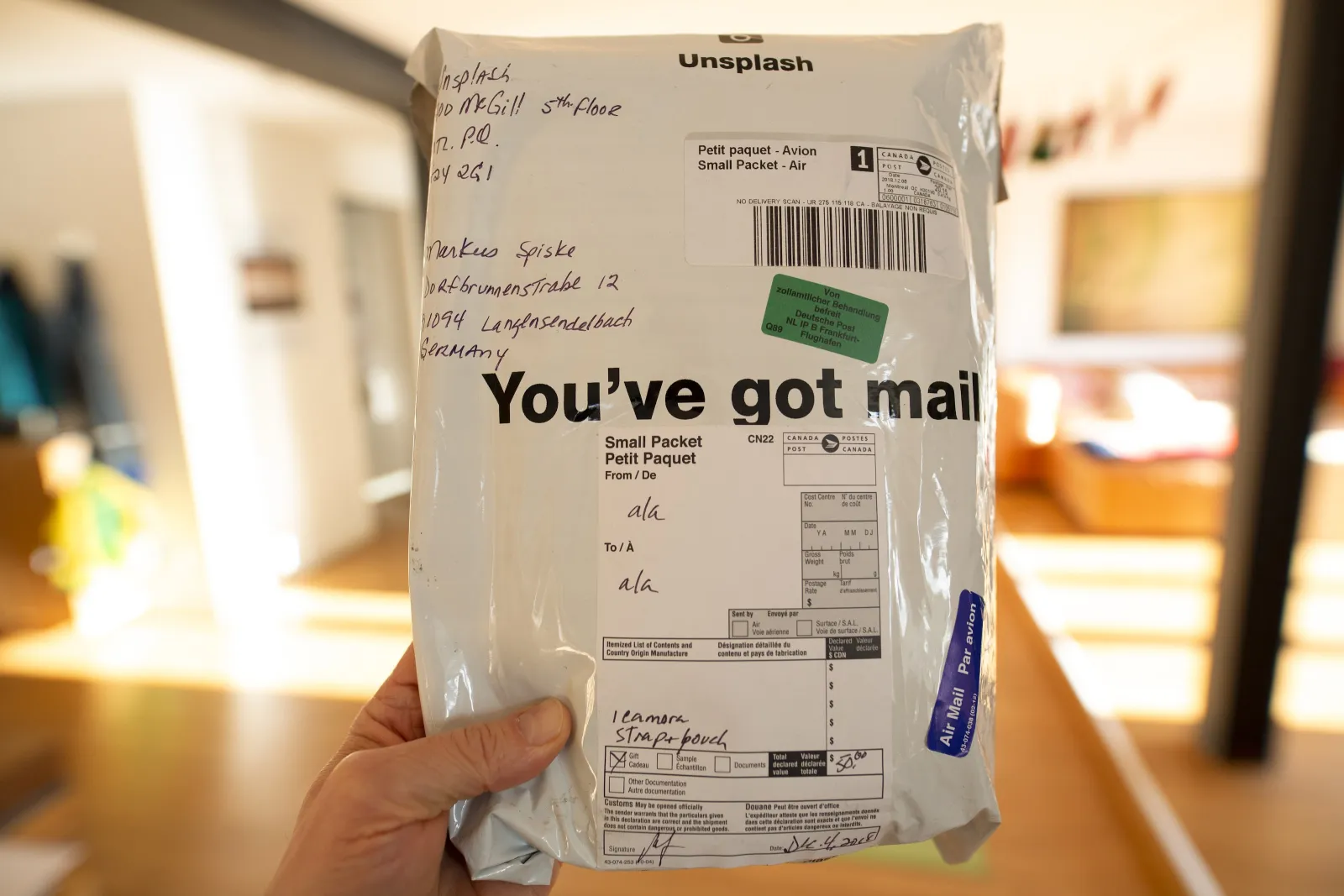Whether you are a frequent online shopper or a logistics coordinator in a bustling company, you've probably come across the term 'ZIP code' on more than one occasion. But have you ever wondered what those numbers mean, or why they're so crucial to the shipping process? If you've been puzzling over how to effectively ship by ZIP code, then you've come to the right place.
ZIP codes are more than just a set of numbers on your package; they're an essential tool for efficient shipping and logistics operations. By understanding and accurately using ZIP codes, businesses can streamline their shipping processes, reduce costs, and deliver their products quickly and effectively. But to do this, we need to start at the very beginning. What exactly are ZIP codes, and how do they fit into the larger shipping puzzle?
What are ZIP codes?
ZIP stands for "Zone Improvement Plan." Introduced by the United States Postal Service (USPS) in 1963, a ZIP code is a five-digit number that identifies the specific location of a business or homeowner's address. It was developed to simplify the process of sorting and delivering mail, but today, its role extends well beyond that.
In its most basic form, a ZIP code consists of two parts. The first three digits represent the sectional center facility or the region's main sorting center. The next two digits point to a more specific area within that region, such as a city or a part of a city.
For instance, in the ZIP code 90210, '902' refers to the sectional center facility (in this case, for Beverly Hills), while '10' indicates a more specific area within that region.

In 1983, USPS introduced the ZIP+4 system, adding a hyphen and four additional digits to the end of the traditional five-digit code to further refine the location, sometimes down to the block or even the building level. But for most purposes, and especially for shipping, the standard five-digit ZIP code is still the most commonly used.
The history of ZIP codes starts with a growing need for a more efficient postal system. As the volume of mail increased in the mid-20th century, postal workers found it more and more challenging to sort and deliver mail quickly. In response, USPS introduced the Zone Improvement Plan, which significantly improved mail delivery speed and efficiency.
Understanding ZIP codes is a fundamental part of efficient shipping. By helping us pinpoint exact locations within vast regions, these codes streamline the shipping process, ensuring that your packages arrive at the correct address on time. The ability to ship by ZIP code also allows businesses to plan their logistics more effectively, resulting in cost savings and improved customer satisfaction.
Our handy tool makes it easy to find a ZIP code by county or state, helping you optimize your shipping strategy even further. Whether you're a business owner, logistics coordinator, or just someone interested in the world of shipping, understanding ZIP codes can make a world of difference. Stay tuned as we delve deeper into the world of ZIP codes and shipping in our upcoming sections.
The Role of ZIP Codes in Shipping
ZIP codes play an integral role in shipping, serving as a critical data point that guides the path of a package from sender to receiver. They are the compass for shipping logistics, directing packages across cities, states, and sometimes even countries. But why exactly are ZIP codes so essential for shipping?
Firstly, ZIP codes determine a package's route from the point of dispatch to its final destination. The process to ship by ZIP code enables logistics providers to plan the most efficient path, reducing transit times and ensuring timely deliveries. This system is not only essential for customer satisfaction, but it also helps businesses save on shipping costs.
ZIP codes also significantly influence shipping costs. Shipping rates often vary by region, and the ZIP code determines these rates. For instance, sending a package to a remote, hard-to-reach location generally costs more than shipping to a highly populated city. Hence, understanding ZIP codes can help businesses predict and manage their shipping expenses.
However, incorrect ZIP codes can wreak havoc on shipping operations. An incorrect ZIP code could mean that the package gets sent to the wrong location, leading to delivery delays and increased costs. In some cases, it could mean that the package doesn't get delivered at all. Such errors can impact customer satisfaction and result in negative reviews or lost business.

Using ZIP Codes for Efficient Shipping
Given the importance of ZIP codes in shipping, businesses, and logistics companies must ensure they use accurate ZIP code data. But how can this be done?
One strategy involves validating customer-provided ZIP codes during the checkout process. Several online tools and services can verify the accuracy of ZIP codes in real time, correcting errors before they become a problem. Our tool, for instance, can help you find a ZIP code by county or state, ensuring that you have the correct data from the outset.
Businesses can also leverage ZIP code databases and APIs for automation and efficiency. These tools can automate the process of validating and sorting packages by ZIP code, reducing manual labor and improving accuracy.
Finally, ZIP codes play a crucial role in logistics analytics and predictive modeling. By analyzing ZIP code data, businesses can identify shipping trends and patterns, predict future shipping needs, and optimize their logistics strategy accordingly. For instance, if a company notices that a high volume of its products is shipped to a particular ZIP code, it might consider setting up a local warehouse or distribution center to serve that area more efficiently.
In conclusion, ZIP codes are far more than just a string of numbers on a package. They are a powerful tool for shipping and logistics, one that can significantly enhance efficiency, cost-effectiveness, and customer satisfaction when used correctly.
Why are Zip Codes so important for LTL or Full Truckload?
Less-Than-Truckload (LTL) and Full Truckload (FTL) shipping are two essential services in the logistics industry. Whether you're shipping a few pallets of goods or an entire truck's worth, ZIP codes are a vital component of the process. Here's why:
Routing and Transit Time
In LTL and FTL shipping, ZIP codes determine the route a shipment takes from the pickup location to its final destination. The logistics provider uses these codes to map out the most efficient path for the truck, reducing transit time and ensuring on-time delivery. ZIP codes also help determine pickup and delivery windows, critical for coordinating logistics operations.
Shipping Costs
For LTL shipping, carriers often determine their rates based on freight class, dimensions, weight, and the distance between the pickup and delivery ZIP codes. Longer distances typically mean higher costs. In FTL shipping, distance also significantly influences pricing, with costs calculated per mile. Thus, understanding ZIP codes can help businesses anticipate their shipping expenses.
Terminal Locations
LTL carriers operate a network of terminals across the country. When an LTL shipment is booked, the origin and destination ZIP codes are used to identify the terminals that will handle the freight. Efficient management of freight through these terminals, facilitated by accurate ZIP code data, ensures timely and cost-effective deliveries.
Freight Classification
In LTL shipping, ZIP codes can sometimes impact the freight class of the shipment. Certain areas might have specific rules or restrictions that could affect how freight is classified, which in turn, impacts the cost.
Service Coverage
ZIP codes also help shippers and logistics providers determine service coverage. Not all carriers serve all ZIP codes, particularly for remote or difficult-to-reach areas. By checking the service coverage using ZIP codes, shippers can ensure they select the right carrier for their needs.
Inaccurate ZIP codes can lead to misrouted freight, delivery delays, and unexpected charges, all of which can impact a business's bottom line and customer satisfaction. Therefore, ensuring accurate ZIP code data is a critical step in optimizing LTL and FTL shipping operations.
